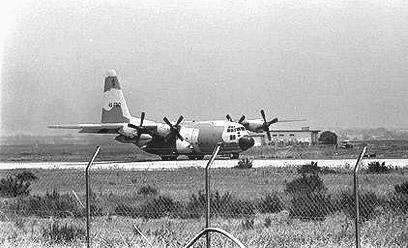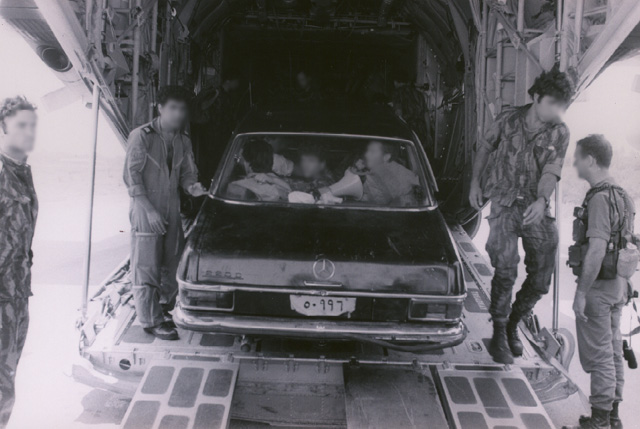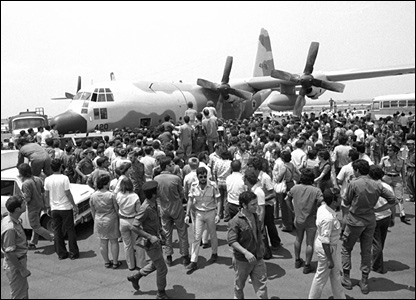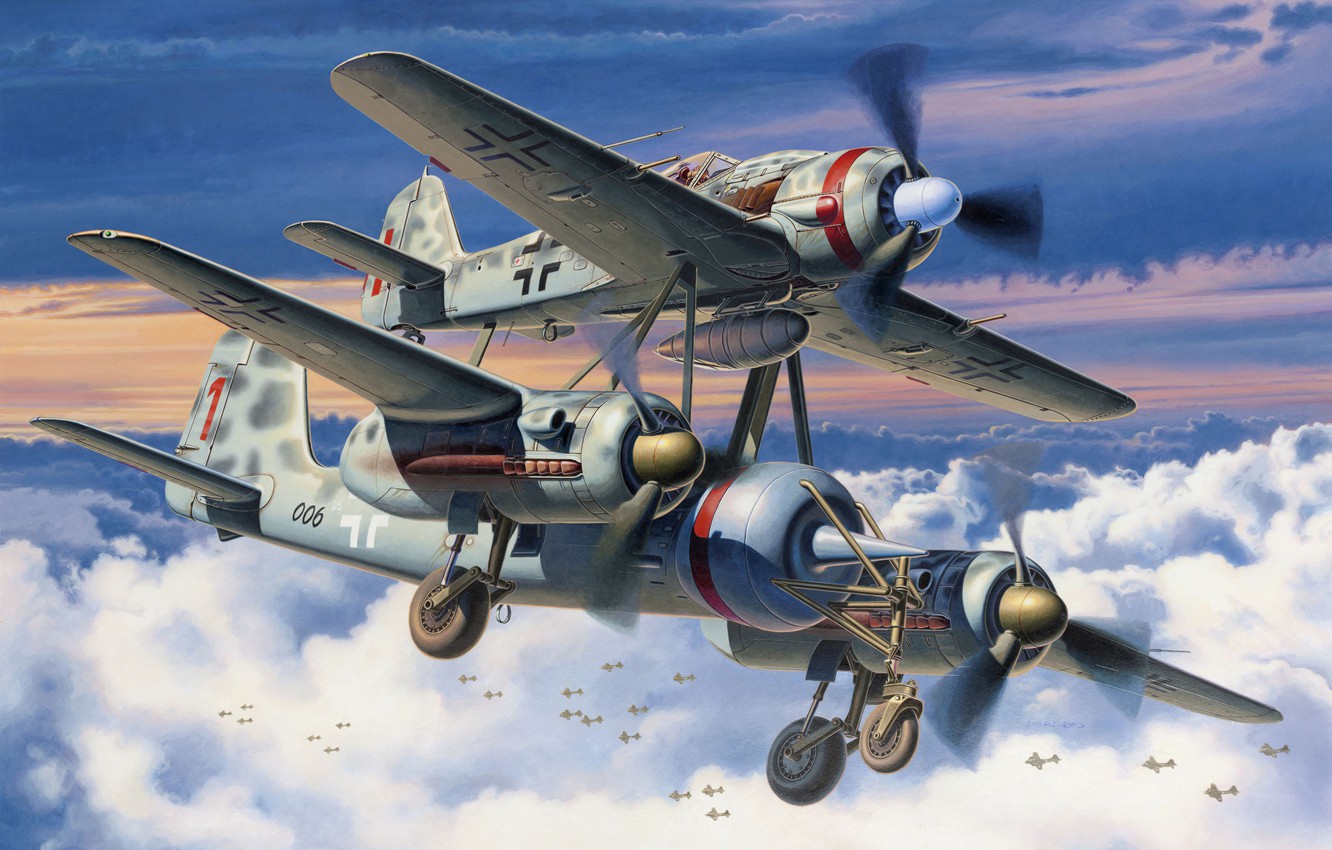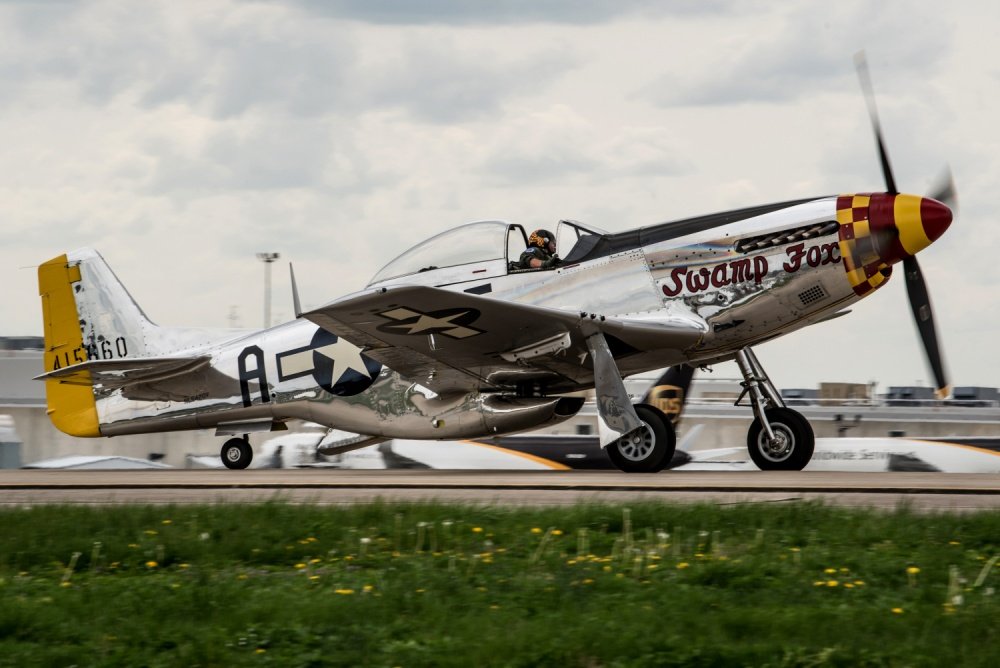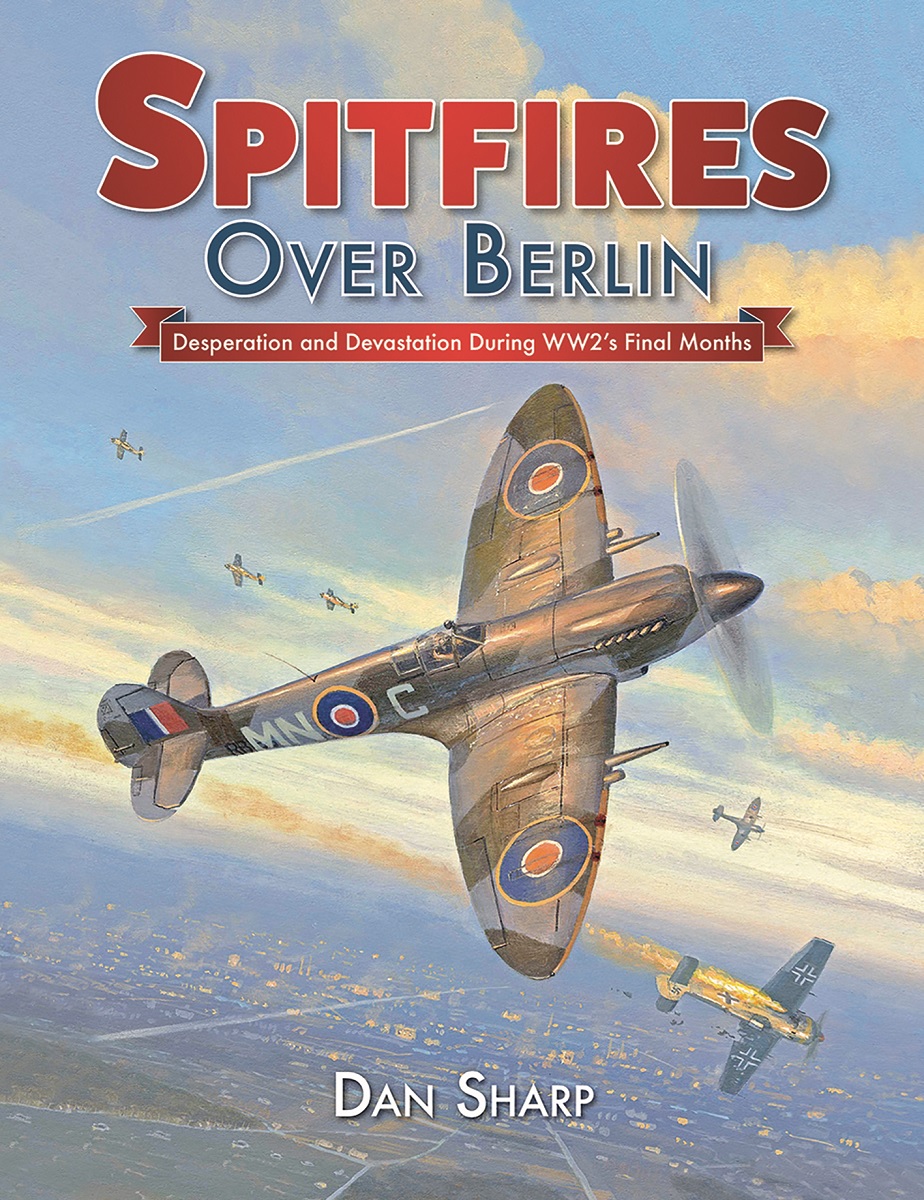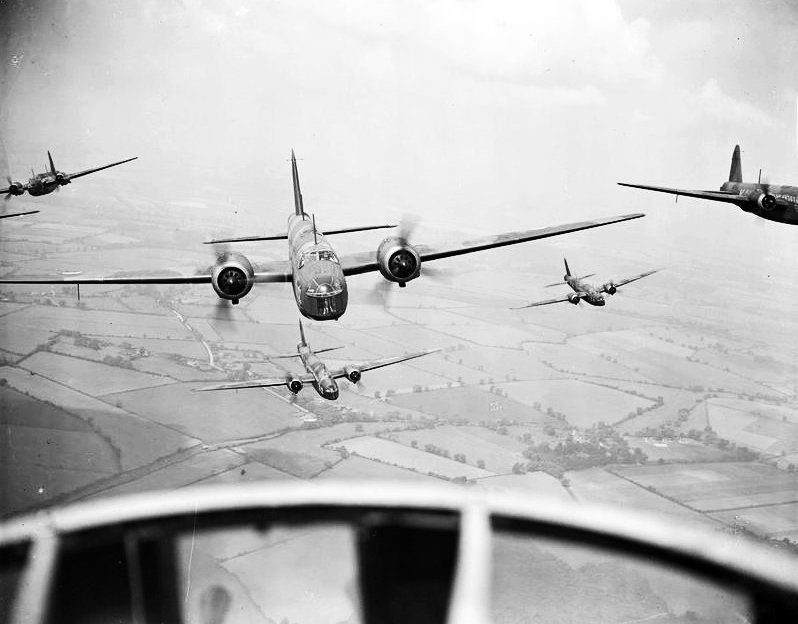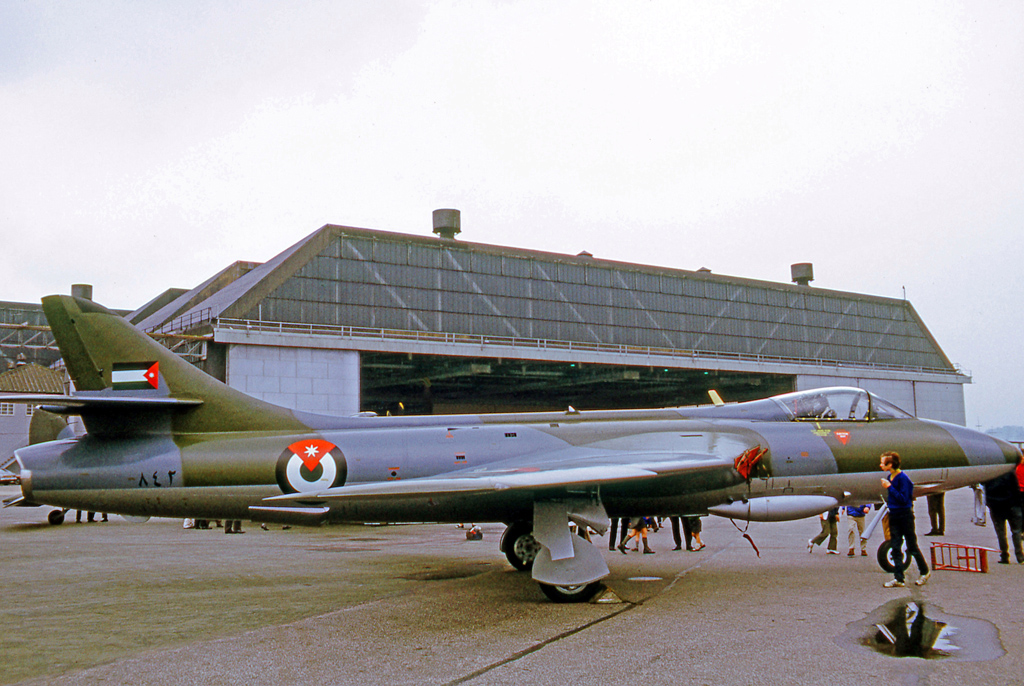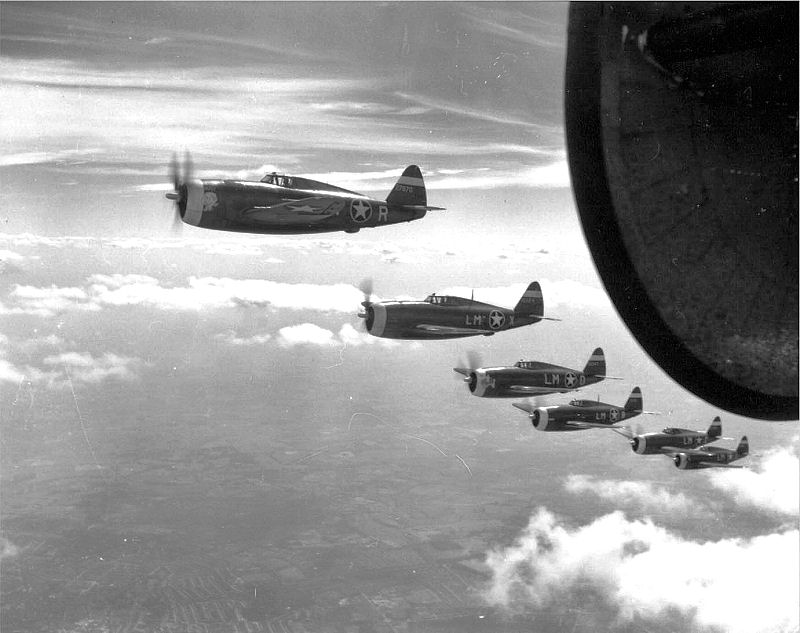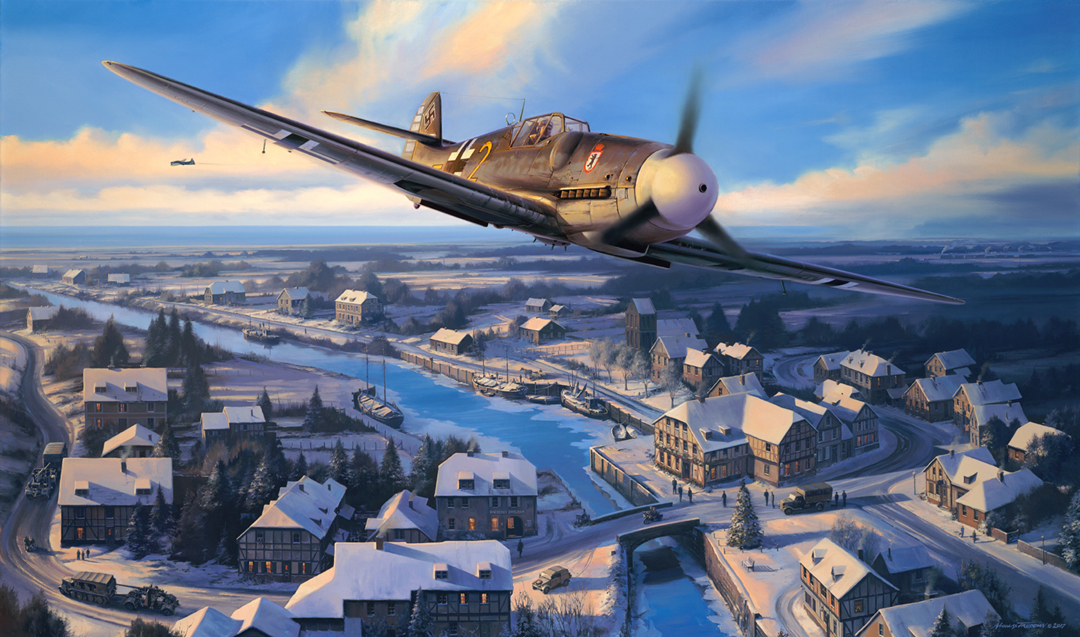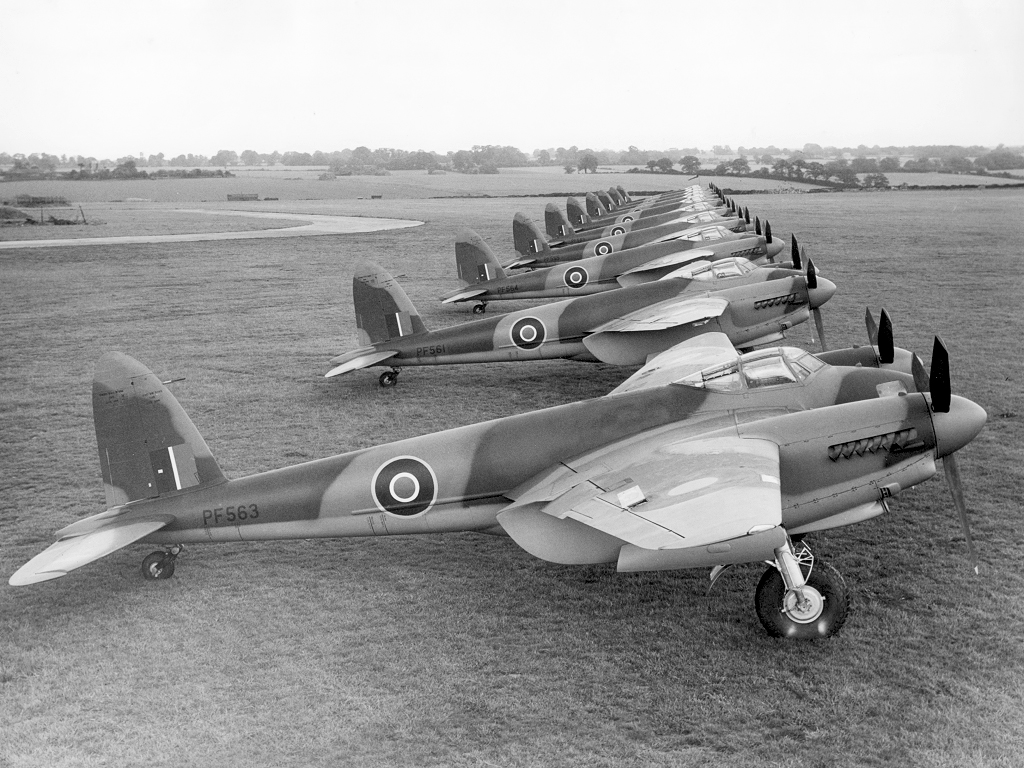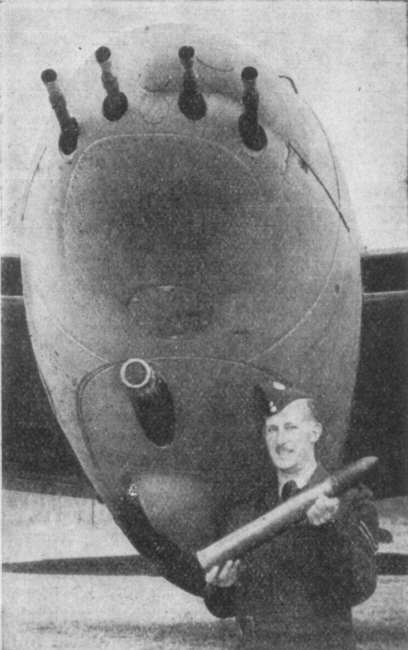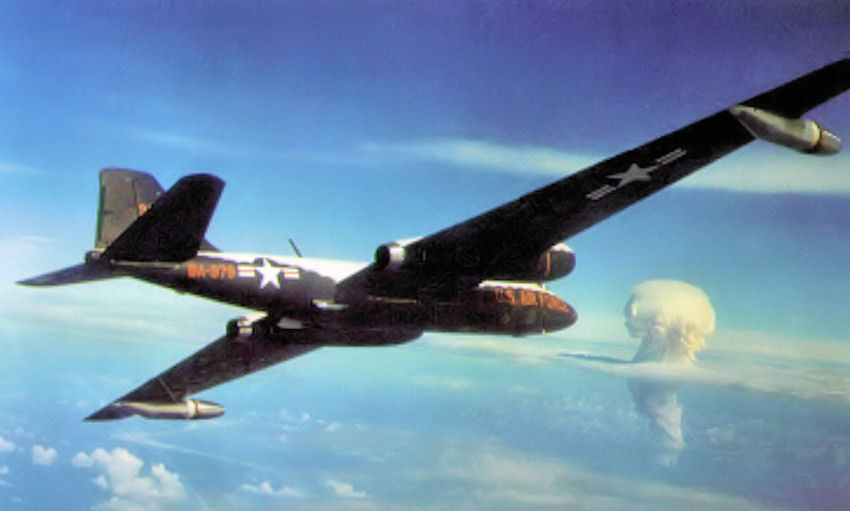What distinguishes a Seafire from a “Hooked Spitfire”—a Spitfire that has been modified to include an arrestor hook—many of which were flown by the Fleet Air Arm?
The front-line Fleet Air Arm (FAA) Squadrons were where the naval version of the legendary Spitfire finally arrived, after a convoluted and occasionally challenging voyage into service. The Seafire was far from a perfect naval fighter, lacking endurance and difficult to land on a carrier, according to Naval aviation historian Matthew Willis in his book Supermarine Seafire, but it gave the Royal Navy an interceptor with a superb performance in the air, helping to turn the tables on the enemy as the Allies went on the offensive.
The Seafire saw action in Malaya and Korea while serving in the Second World War from the North Atlantic to Japan and into the 1950s.
But how do Seafires differ from “Hooked Spitfires,” which are Spitfires that have been modified to include an arrestor hook many of which were operated by the FAA? The Mk lb, the initial Seafire variation, did not have catapult spools or foldable wings; an arrestor hook was the only significant outward change. Every Seafire lb was a Spitfire that had been modified. There wasn’t much of a distinction between them in essence.
The most straightforward answer is that hooked Spitfires were aircraft transferred from RAF stocks for second-line purposes and converted as needed, typically by Maintenance Units, while Seafires were ordered as such, through a contract for front-line aircraft placed with a manufacturer or similar company. These contracts contain the specifics.
A wireless telegraphy set with a Morse key, as well as radio sets and beacon receivers that allowed pilots to communicate with and locate their ship, were all included in the Seafire adaptations that made them fit for naval service.
De-icing fittings for the radio aerials, an air intake shutter (attached to all Seafires but only tropicalized Spitfires), and a rack for signal cartridges—mostly unnecessary on hooked Spitfires—were just a few of the numerous little elements that were added to the Seafire to adapt it for naval employment.
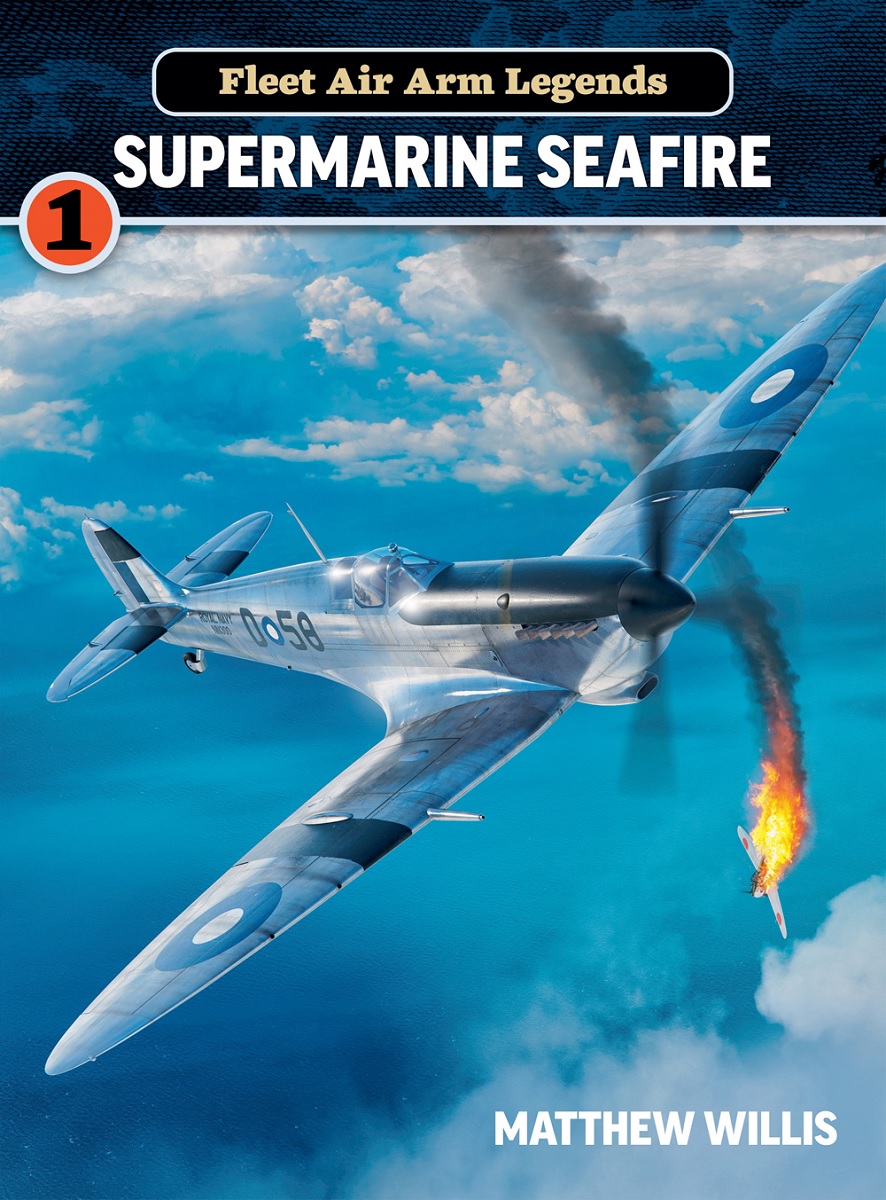
Supermarine Seafire is published by Mortons Books and is available to order here along with many other beautiful aviation books.
Photo by Imperial War Museum and Charles Daniels British Aircraft Album via Wikipedia



